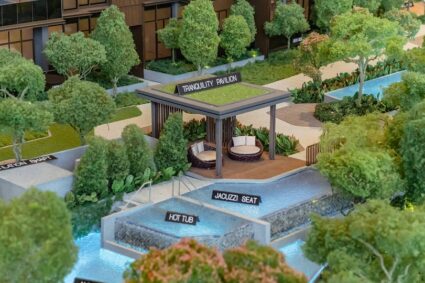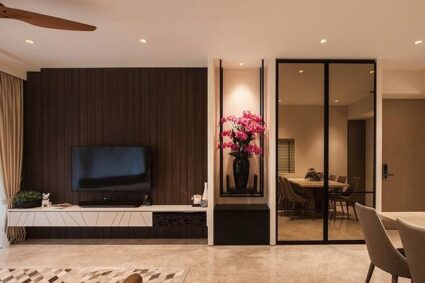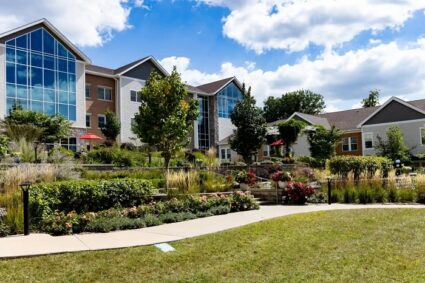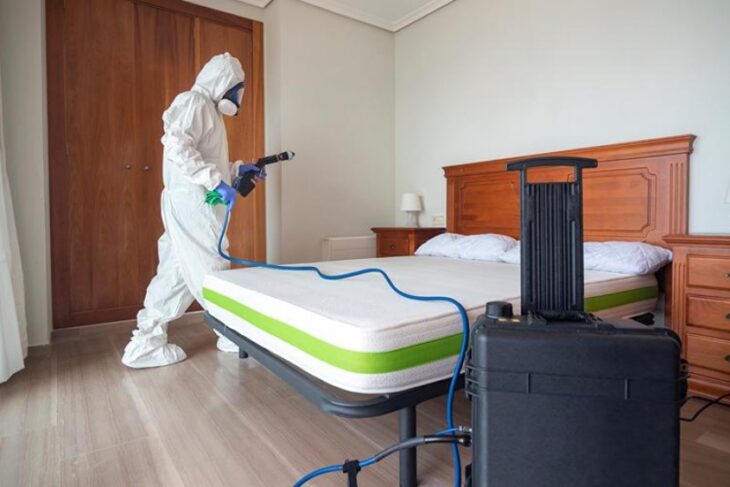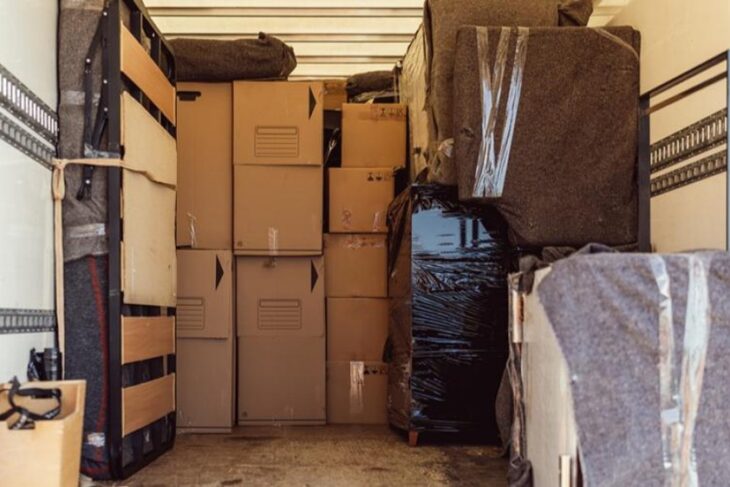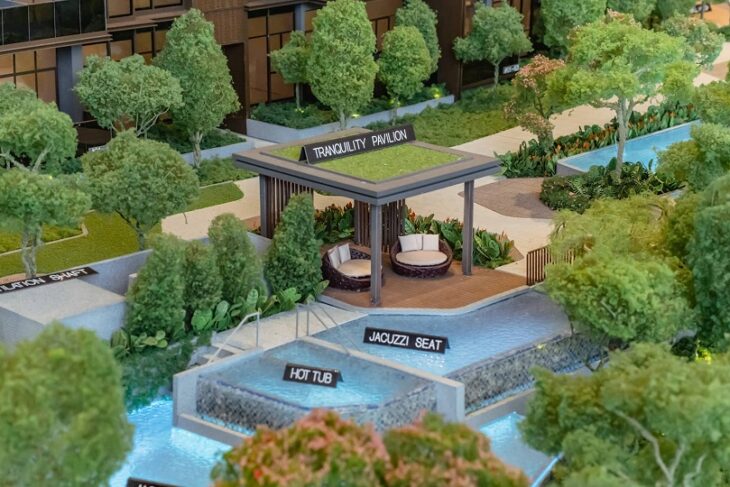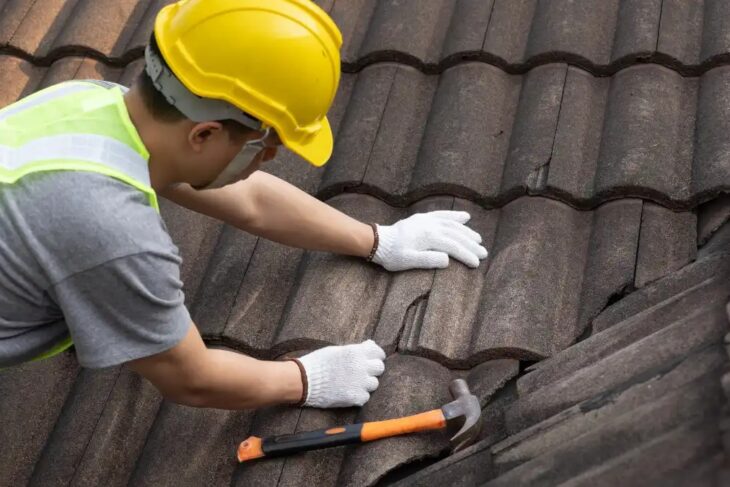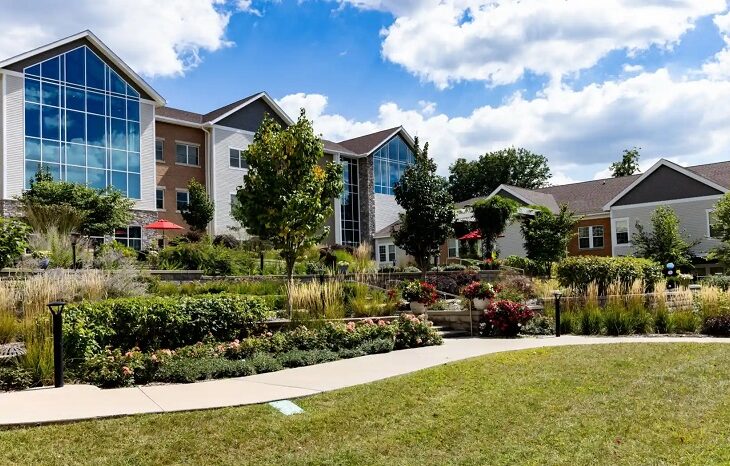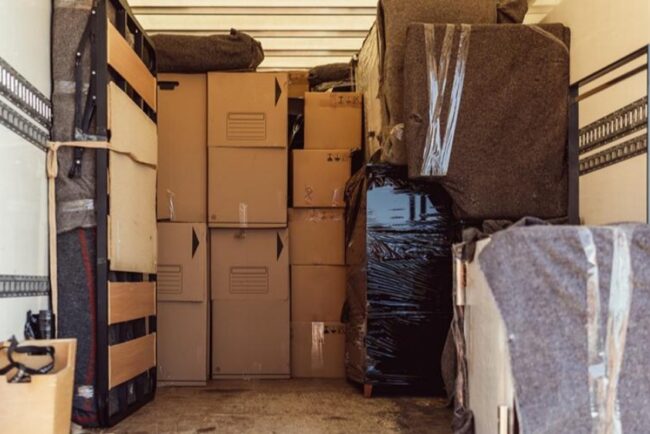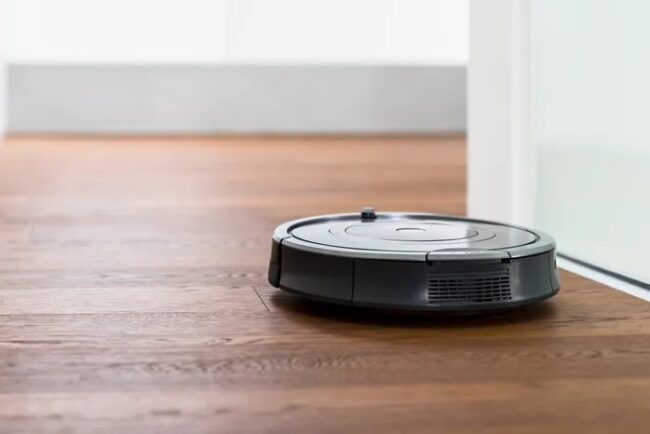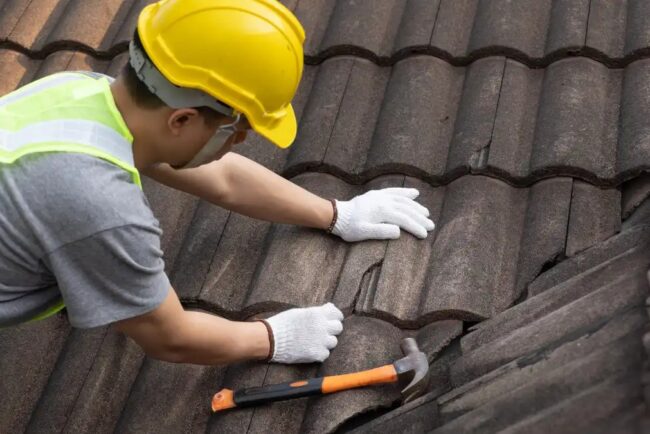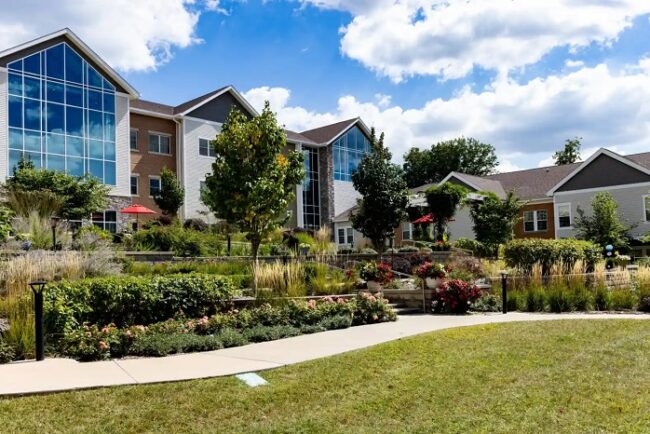
In the case of office design, sustainability is not just a term coined to catch on; it has become an integral part of today’s business conformance. Designing the interior of your office in an eco-friendly way is not only about reducing your ecological footprint. Still, it is also about creating a healthier working environment that desires productivity and well-being. An expert in sustainable office interior design will be able to help you pick out the best options in sustainable materials for your office, compare them with traditional ones, and let you know how small changes can make a big difference.
Traditional vs. Sustainable Materials
- Wood: Many traditional office designs incorporate conventional wood, which can come from non-sustainable forests, leading to deforestation. Instead, opt for bamboo or reclaimed wood. Bamboo is a very fast-growing grass and doesn’t require any fertilisers; as such, it’s just a fantastic renewable resource. Reclaimed wood brings charisma and warmth into your office while keeping the wood out of landfills and not requiring more trees to be cut.
- Plastics: While conventional set-ups make extensive use of plastics in everything from chairs to desk accessories, switch over to bioplastics or recycled plastics that have the same functionality and durability as plastics without causing extensive environmental degradation due to the production of new synthetic material.
- Metals: While a staple in office furniture, aluminium and steel are very intensive to produce. Recycled metal decreases the demand for virgin mining and thus reduces the total energy required to produce office furnishings.
Energy Efficiency
Incorporating green materials is not only restricted to furniture and furnishings; it also includes the office area’s energy efficiency. Traditional office spaces indeed lack harnessing natural light, tending to depend on artificial lighting that eats up enormous amounts of energy.
- Windows: Replace outdated conventional glass with energy-efficient double-glazing, which eliminates the need for both heating in the winter and cooling in summer, thus saving a lot of energy.
- Insulation: With the right kind of green insulation material—sheep’s wool or recycled denim—the office can maintain its interior temperature in such a manner that it eliminates the need to have climate control systems such as air conditioners or heaters, thus allowing for efficient utilisation of energy.
Sustainable Flooring Options
Where eco-friendly office interior design is concerned, flooring is often overlooked. Conventional offices typically feature synthetic carpets or PVC flooring, both of which can emit volatile organic compounds and are made of petroleum products.
- Cork and Linoleum: The other renewable material options for this application would be cork or linoleum. Cork is harvested from the bark of cork oak trees; this does not damage the tree. Linoleum is manufactured from natural materials like linseed oil, rosin, and wood flour, all of which are biodegradable and offer less chance of harming the environment.
The Role of Paints and Finishes
Traditional paints and finishes often contain high levels of volatile organic compounds (VOCs), this is THE “paint smell” which contributes to indoor air pollution and probable health effects on office staff.
- Low-VOC Paints: Seek low-VOC or non-VOC-emitting paints for better indoor air quality. These paints function the same way as traditional paint varieties but without the harmful emissions.
Choosing a sustainable office interior design rather than a fancy ecologically damaging interior says a lot on how much you care about the environment. It shows how committed you are to the health of the planet and its people despite having to look out for your own. Doing this contributes not to creating a healthy workplace but also to a global movement towards environmental responsibility when using office materials that are eco-friendly.
If you’re ready to take the next step towards a greener future, contact Ampersand Associates today and design a workspace that not only looks good but does good for the planet!


